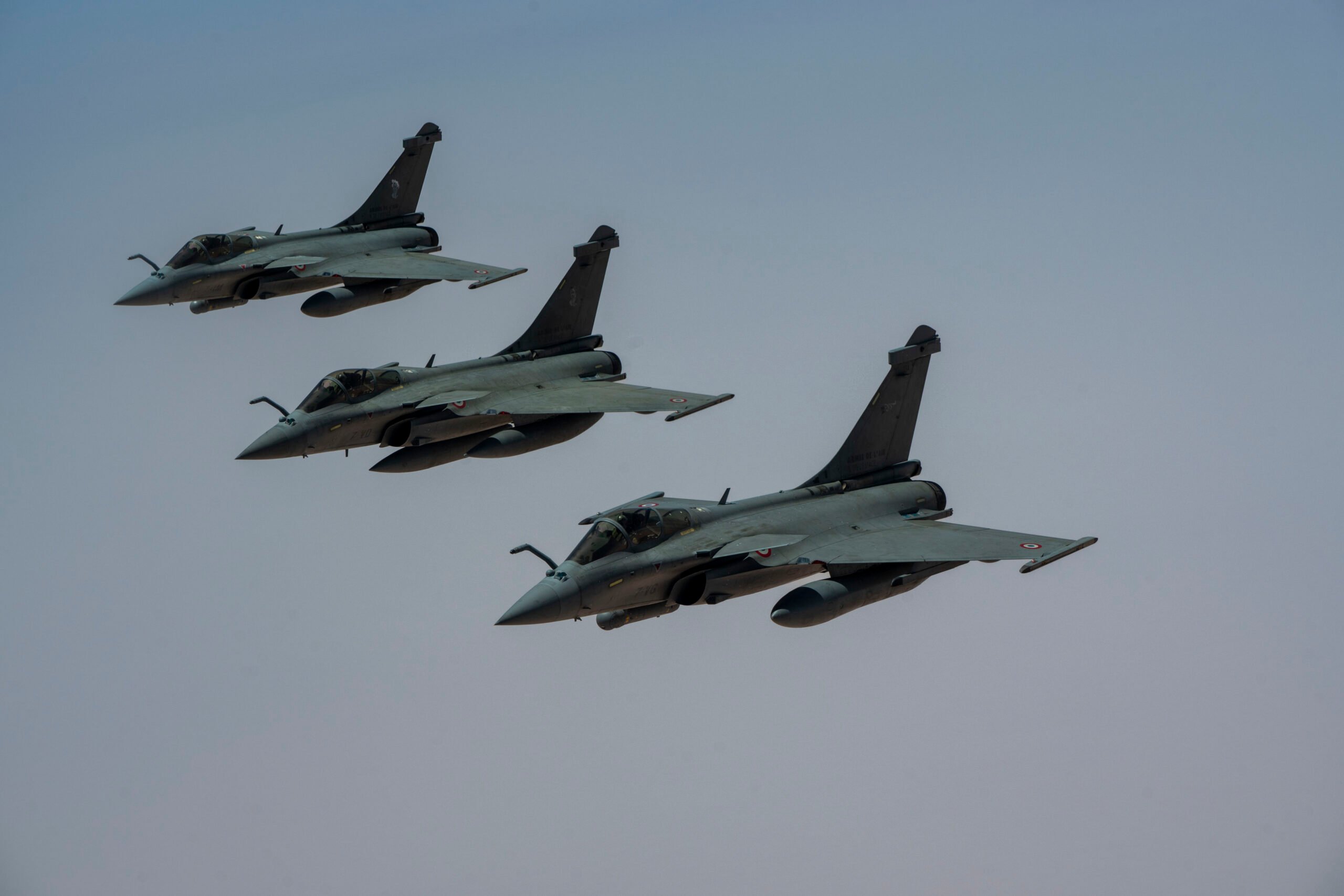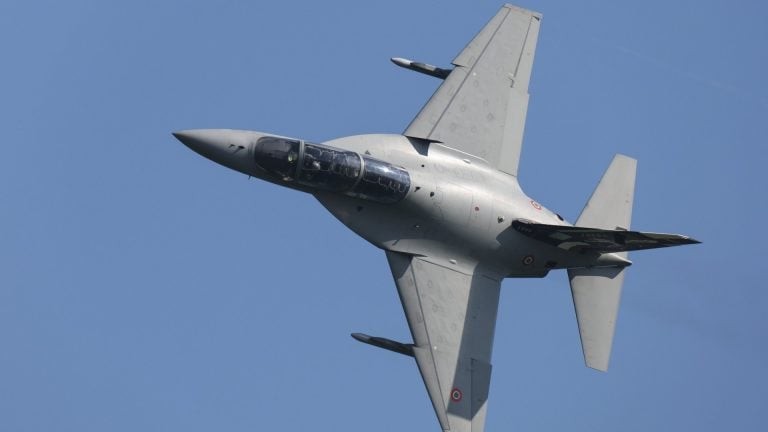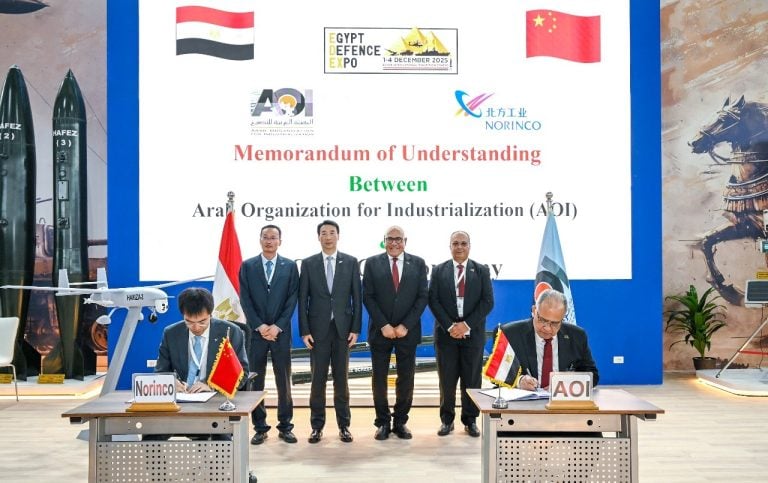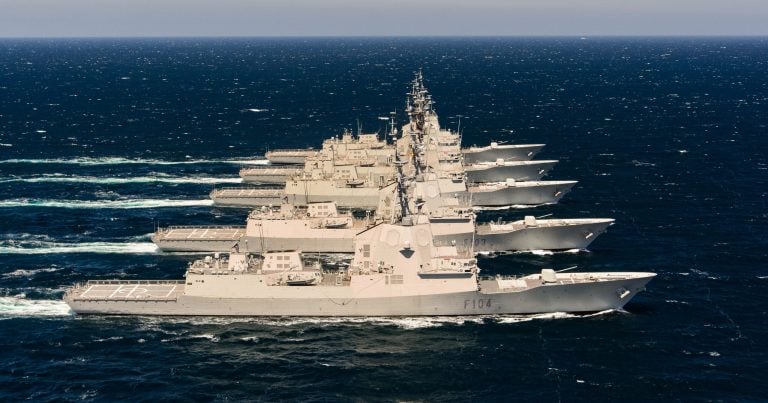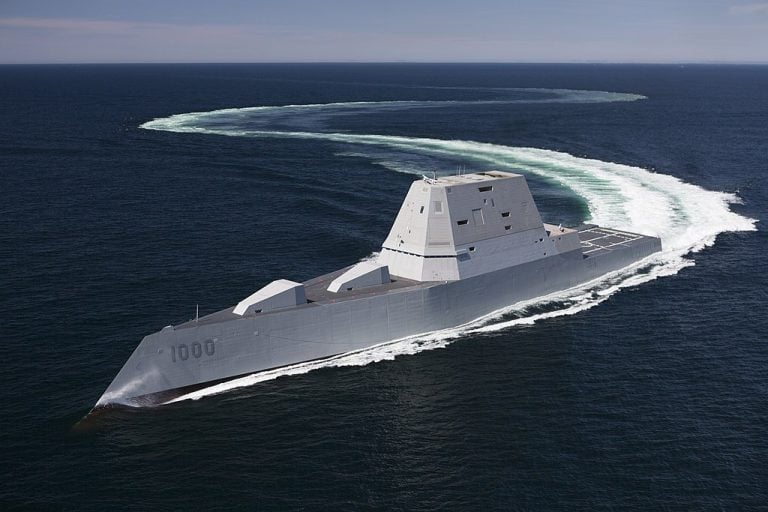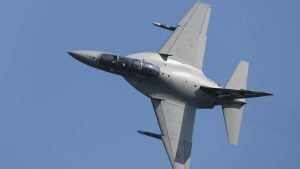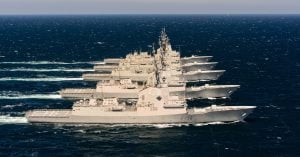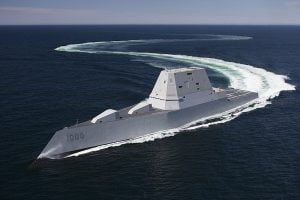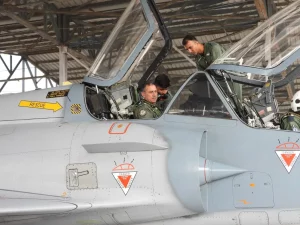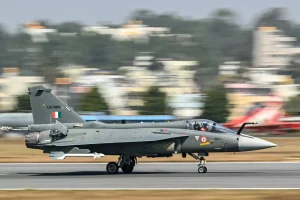France has clarified its intentions regarding its Rafale fighter jet fleet, putting to rest rumors of a significant expansion. The French government reaffirmed that its aim remains a fleet of 225 aircraft, rejecting earlier speculations that suggested an increase to 286.
Recent reports from French media indicated that France might place an order for 61 additional Rafale jets from Dassault Aviation, which would have marked one of Europe’s largest fighter jet deals since the Cold War. The confusion arose from mentions in the 2026 defense budget that listed the 286 figure under the Rafale program, prompting conjectures about a possible new order for jets.
The official stance from the French Ministry of Armed Forces, however, highlights that the current strategy caps the Rafale fleet at 185 aircraft for the air and space force, with an additional 40 for the navy. This total remains at 225, in line with previously established defense goals. Moreover, in light of a mid-air collision involving two Rafale jets in August 2024, the 2026 budget will also address the funding for two replacement aircraft, along with training systems and maintenance enhancements.
Emmanuel Chiva, head of the French General Directorate of Armaments, clarified to lawmakers that the 286 figure refers to all Rafale aircraft constructed or delivered to date, including those sold to other nations and replacements for lost aircraft. He further stated, “We have two additional Rafales planned by 2030 to compensate for attrition,” emphasizing that any increase of 61 aircraft would necessitate a compatible production program, which is currently unavailable.
The Rafale fleet has experienced fluctuations, particularly as the French air force ceded 24 jets to Greece and Croatia in a bid to expedite export agreements. These aircraft are now being gradually replaced to restore the full operational capability of the fleet.
In addition to fleet management, the French defense strategy includes planned funding for upgrading the Rafale F4 and F5 variants. These enhanced models will feature improved sensors, advanced digital systems, and AI-assisted targeting capabilities. The upcoming F5 variant aims to operate in tandem with unmanned aerial systems, part of the Future Combat Air System (FCAS) initiative set to launch in the 2040s.
Since its induction in the 1990s, the Rafale has been integral to French airpower, performing a range of roles including air combat, precision strikes, reconnaissance, and nuclear deterrence.
